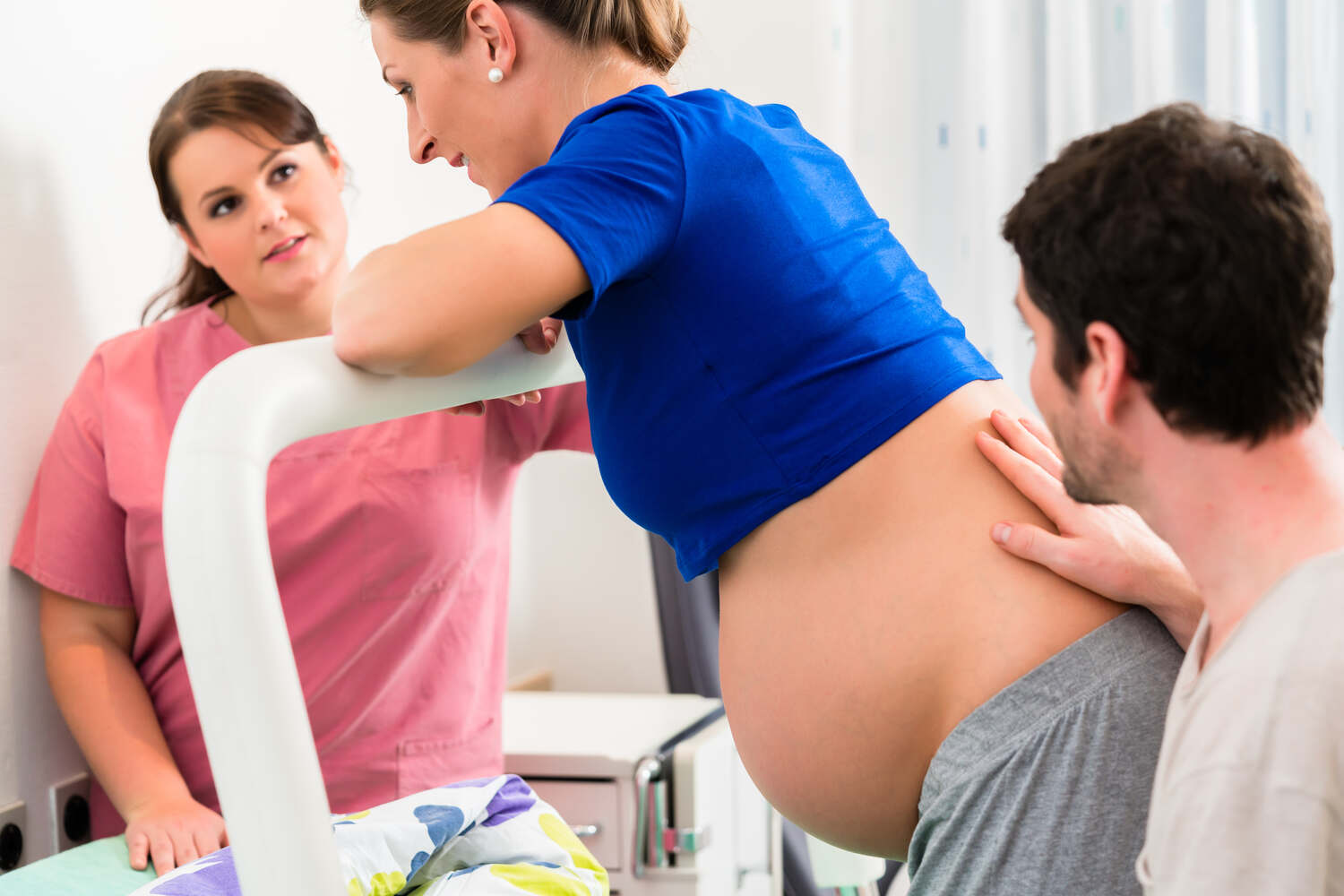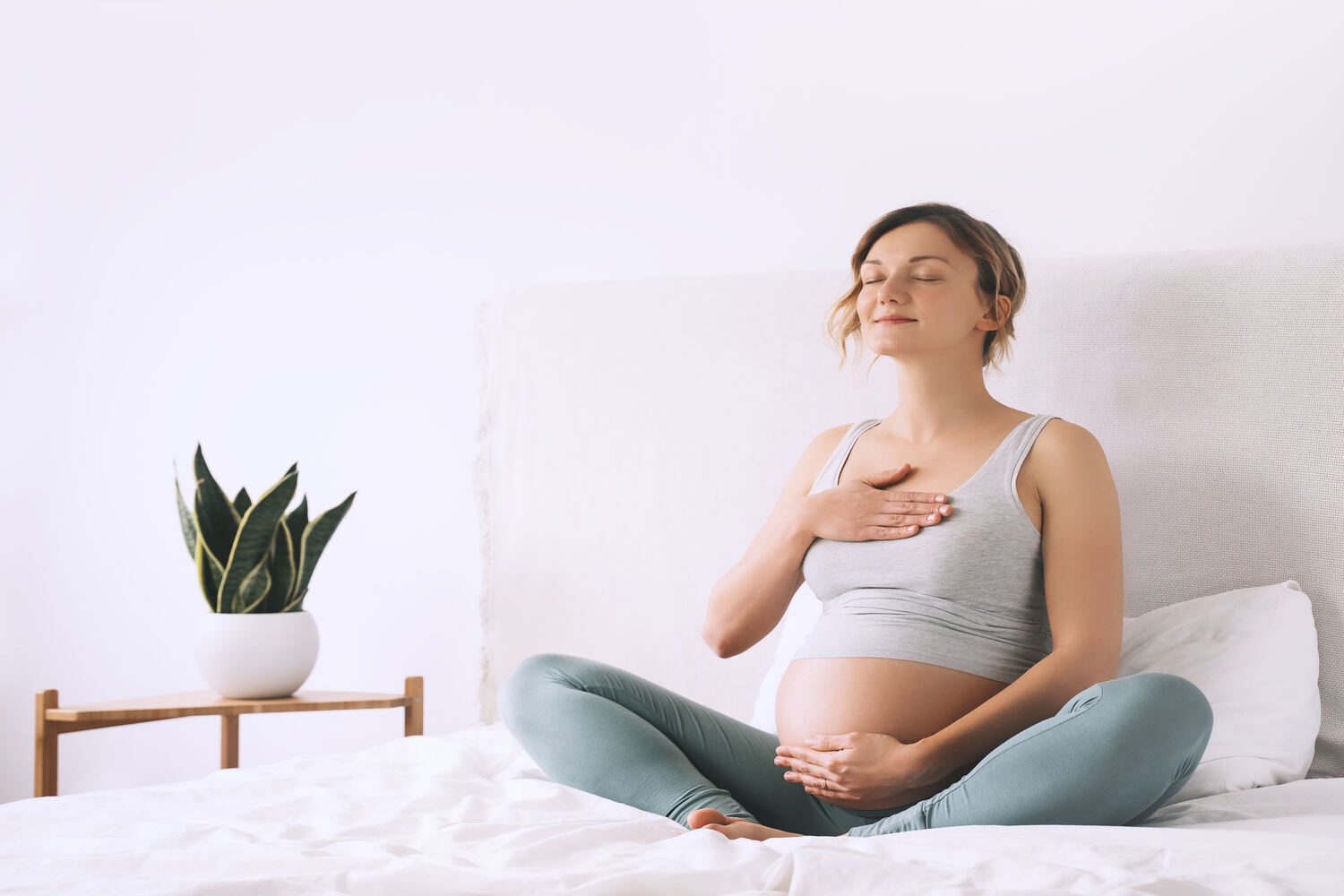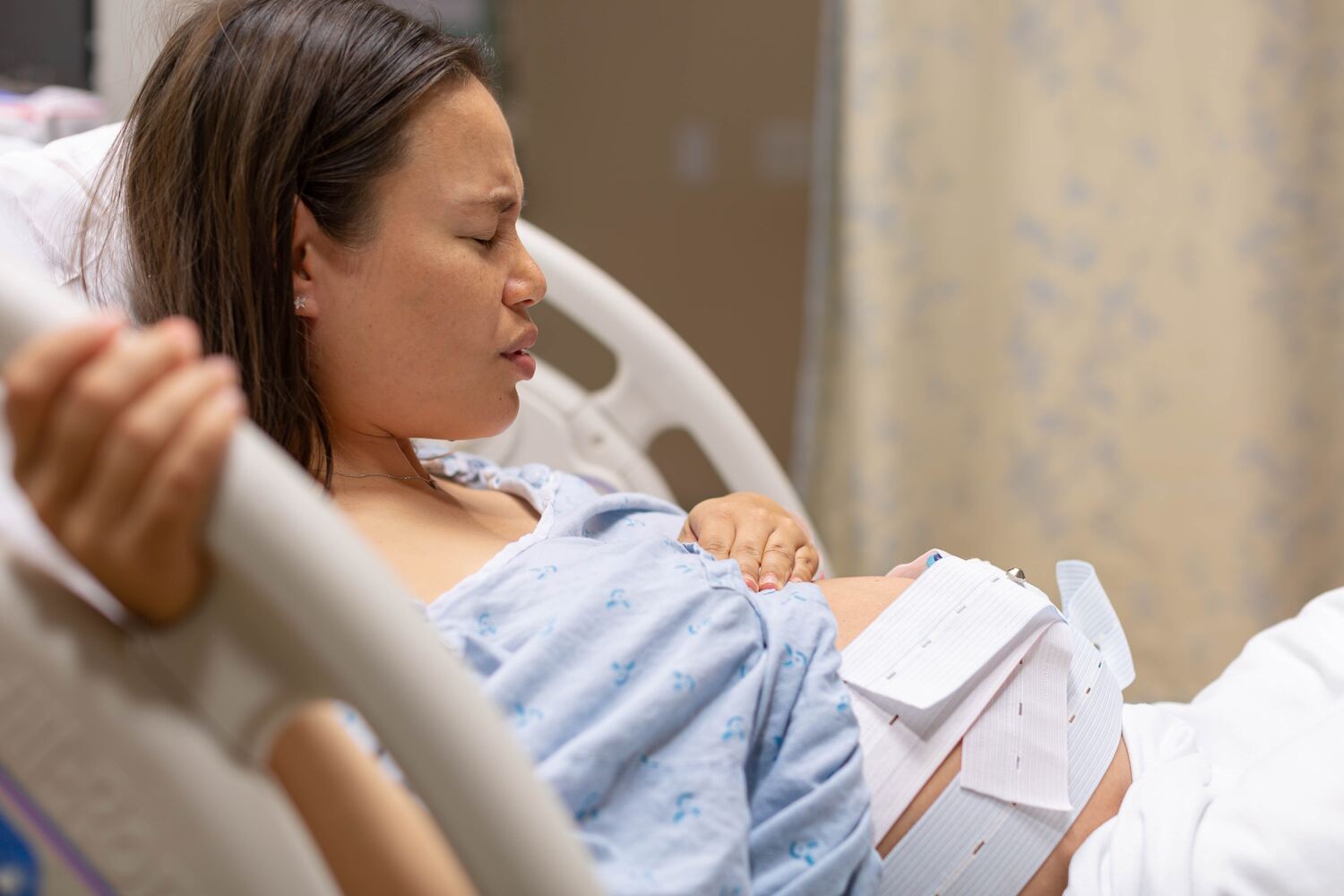
Nipple stimulation, often known as rubbing the nipples, is said to be a natural way to increase the oxytocin hormone, which causes labor to begin. Although there is no evidence to support its advantages, systematic nipple stimulation may help initiate contractions during a full-term pregnancy (1). Half of the mothers in one research reported using non-medical methods to induce labor.
This article describes the process of using nipple stimulation, tips one should remember, and the risks of overstimulating the nipples. Additionally, the article also guides pregnant mothers as to when to bring up the topic with their doctor or seek further help during a high-risk pregnancy.
In This Article
- Video Of Nipple Stimulation for Labor
- Can Nipple Stimulation Induce Labor?
- How Does Nipple Stimulation Work?
- Tips To Perform Nipple Stimulation
- How Long Should I Stimulate My Nipples To Induce Labor?
- What Happens If You Stimulate Your Nipples Too Much?
- When Should You See A Doctor?
- FAQ’s
Video Of Nipple Stimulation for Labor
Can Nipple Stimulation Induce Labor?
In the absence of any problems, a nipple massage may be all that’s needed to kickstart labor. Oxytocin is essential for starting work because it causes contractions in the uterus (2). Nipple stimulation triggers the production of this hormone and increases labor contractions to help the baby descend the delivery canal. Some research suggests that nipple stimulation is effective, but only in low-risk pregnancies (3).
Due to the lack of evidence supporting its use in high-risk pregnancies, nipple stimulation may be appropriate only for low-risk pregnancies.
How Does Nipple Stimulation Work?

Nipple stimulation triggers the production of oxytocin which helps in the onset of labor. The brain’s hypothalamus is responsible for producing oxytocin, while the pituitary gland is responsible for secreting it. Additionally, it contributes to
- The hormone oxytocin causes the uterus to contract, starting the labor process.
- Prostaglandins are another type of hormone that oxytocin stimulates, and they have the added effect of making contractions even stronger (4).
- Inducing or facilitating labor often necessitates the use of Pitocin, a synthetic form of oxytocin.
- If the pregnant woman’s body is ready to give birth, the surge of oxytocin from nipple stimulation may trigger contractions that lead to the beginning of labor (5).
- In some situations, such as a pregnancy that has passed its due date but is not yet post-term, a healthcare physician may advocate using nonmedical means to induce labor, such as nipple stimulation, before attempting a medical induction.
Tips To Perform Nipple Stimulation
It’s important to keep in mind before you get started that this labor induction technique is only suggested for low-risk pregnancies. The impacts in the third trimester might be dramatic.
Light or infrequent nipple stimulation in the early stages of pregnancy, on the other hand, is not likely to induce labor.
1. Aim For The Areola
Rub your nipple and areola with your fingers or palm, either through a thin layer of clothes or directly on the skin. To further alleviate discomfort, you can also apply oil or lubrication to your nipple.
2. Use care
Even the best things in life may be overdone. To avoid experiencing sensory overload, consider the following
- Pay attention to each breast separately.
- During intense contractions, refrain from breast stimulation.
- If your contractions last more than a minute and occur every three minutes or less often, you should stop nipple stimulation.
Before trying nipple stimulation to bring on labor, talk to your doctor or midwife.
How Long Should I Stimulate My Nipples To Induce Labor?

Nipple stimulation promotes oxytocin release. Different research recommends different durations. Other sources report 15–30 minutes. When contractions are fewer than 3 minutes apart, women should stop stimulating their nipples.
It is important not to involve yourself in stimulating nipples to induce labor without the consent or supervision of your doctor, midwife, or healthcare provider.
What Happens If You Stimulate Your Nipples Too Much?
If breast stimulation causes nipple discharge from multiple ducts, as can happen as a result of extensive nipple manipulation during sexual activity, you should not worry about it too much. The release is not likely to be an indication of anything serious, and it will typically go away on its own.
When Should You See A Doctor?
Try timing the contractions while you use any of the following techniques, and do not indulge in such activities without the permission of your doctor.
There should be two or three contractions every 10 minutes that last between 40 and 60 seconds each. Talk to your doctor, midwife, or doula if you notice any changes in the intensity or duration of your contractions, the baby’s position in your pelvis, or the mucus plug. If you are full-term without difficulties, nipple stimulation can induce labor. Consult a doctor or maternity specialist before starting uterine contractions. Be patient, take care of yourself, and avoid anxiety even in your 40th week of pregnancy.
Scientific studies have shown that nipple stimulation is an effective method of inducing labor (3A). Nipple massages are known to increase levels of the feel-good hormone oxytocin. This aids in the onset of labor and strengthens contractions. Discuss the benefits of nipple stimulation with your healthcare provider.
FAQ’s
1. Do Your Nipples Hurt Closer To Labor?
Nipple soreness, sensitivity, and swelling may indicate your body is ready to nurse. Both of these signs (tender breasts and nipples) may suggest that you are in the early stages of labor and may prompt you to make an appointment with your obstetrician or midwife.
2. Should I Stay Away From Nipple Stimulation While I am Pregnant?
If you’re experiencing any pregnancy-related issues or are otherwise in the “high-risk pregnancy” category, you should probably avoid this activity.
References
- Oxytocin levels in low-risk primiparas following breast stimulation for spontaneous onset of labor: a quasi-experimental study – [https://bmcpregnancychildbirth.biomedcentral.com/articles/10.1186/s12884-019-2504-3]
- The Role of Oxytocin and the Effect of Stress During Childbirth: Neurobiological Basics and Implications for Mother and Child – [https://www.ncbi.nlm.nih.gov/pmc/articles/PMC8578887/]
- Breast Stimulation in Low-Risk Primigravidas at Term: Does It Aid in Spontaneous Onset of Labour and Vaginal Delivery? A Pilot Study – [https://www.ncbi.nlm.nih.gov/pmc/articles/PMC4265511/]
- Which method is best for the induction of labour? A systematic review, network meta-analysis and cost-effectiveness analysis. – [https://www.ncbi.nlm.nih.gov/books/NBK379826/]
- Effects of breast stimulation for spontaneous onset of labor on salivary oxytocin levels in low-risk pregnant women: A feasibility study – [https://www.ncbi.nlm.nih.gov/pmc/articles/PMC5813971/]

